Alan Titchmarsh: 'It came as a disappointment to Dad when I wanted to be a gardener, but he hid it well'
Alan Titchmarsh's father wasn't much of a gardener — but further back in his family tree were many green-fingered forbears, and he still uses many of their tools despite them being over a century old.

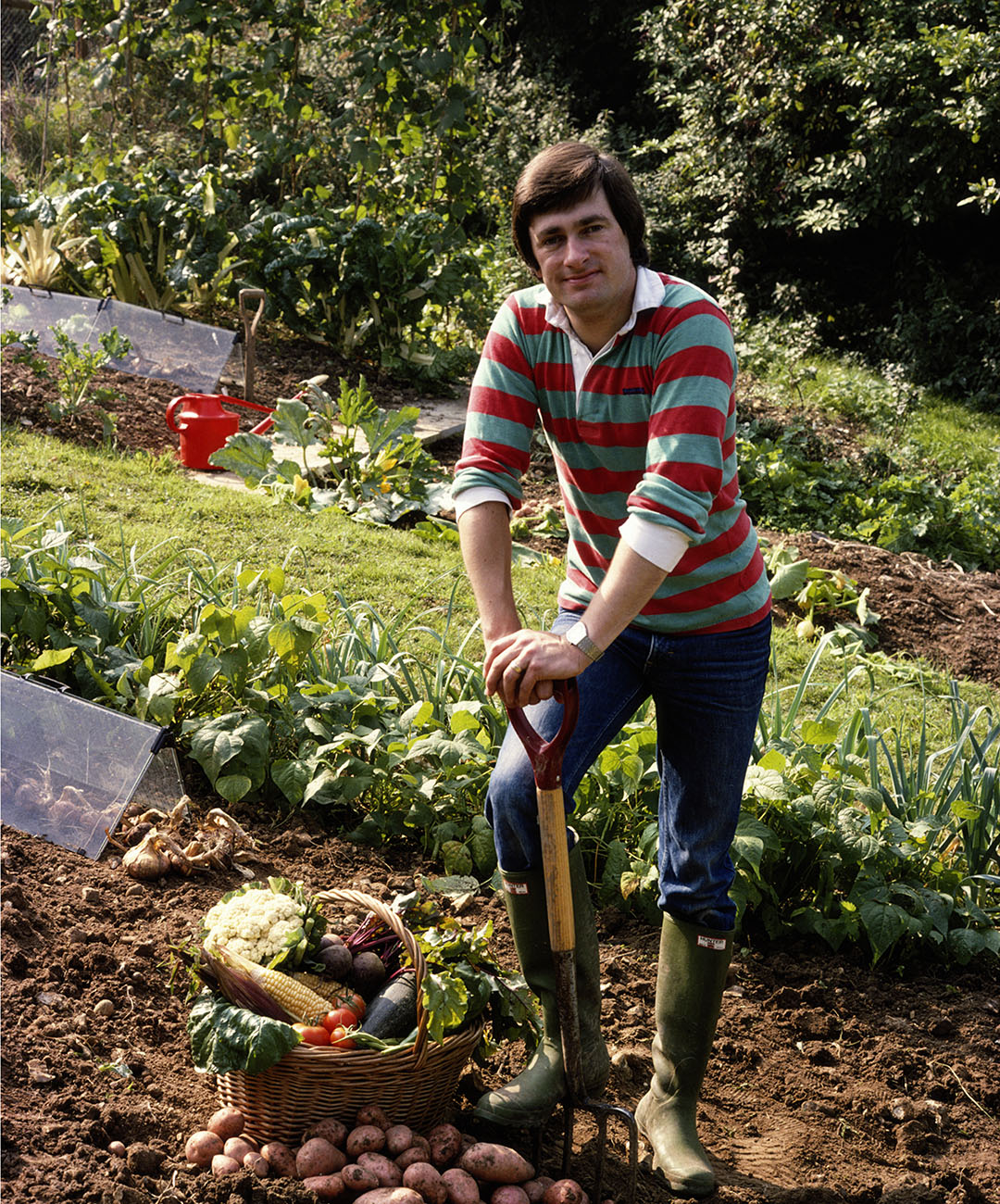
‘Age shall not weary them, nor the years condemn’... words that we are accustomed to hearing at this time of year in relation to those who gave their lives in the two World Wars. They are words of great solemnity, yet I find myself musing upon them when it comes to tilling the soil in my garden and my veg patch, for the implements I use are, with a few exceptions, very old.
Far from wearying them or condemning them to the scrapheap, the years have done much to improve their performance, rather than diminish it. Their handles are silky smooth from the repeated caress of calloused fingers; their blades perhaps reduced in size from decades of use, but, therefore, lighter on the sinews and sharpened by the emery-like effects of soil abrasion as they turn or skim through the earth.
There is deep satisfaction to be felt in using a garden tool that has been handed down from generation to generation — a feeling engendered by sentiment, as well as practicality. If the implement has remained in the same family, that connection is quite raw, but, even if it has not, the knowledge that you are working with a spade, a fork, a rake or a hoe that has been a helpmate to someone growing flowers to brighten their life and fruit and vegetables to sustain them in times of privation makes for a powerful sense of attachment.
The spade that hangs in my toolshed, and which I still use for all but the most robust of tasks (lest it should snap when doing something as meaty as digging out an old tree stump), has been in our family for nigh on a century. The only slight disappointment here is that my father was not a keen gardener. He was a plumber and used it for mixing cement and concrete — there are still traces of it where the blade meets the metal shank. He blamed his lack of interest on the fact that his father and grandfather were both professional gardeners and made him weed among their vegetables when he was a boy. For this, they paid him a penny a bucketful. There was clearly, from Dad’s point of view, no future in that line of work. It must have come as something of a disappointment to him when I announced that I wanted to be a gardener, but he hid it well and only 10 or more years later did he reveal that my chosen profession mirrored that of his forebears.
"Whenever my spade was made, it is certainly about 100 years old"
But the spade I use comes not from Dad’s side of the family but Mum’s. Her father, George Herbert Hardisty, was a ‘ganger’ in the council highways department. His spare hours were spent on his allotment where — trilby on head, black waistcoat decorated with watch chain — he grew Savoy cabbages and cauliflowers, potatoes and onions, together with sweet Williams and sky-blue-flowered scabious that he would take home to my grandmother to brighten her kitchen table. I remember still the blackberry canes that were trained over old brass bedsteads and the glittering silvery lids of Cadbury’s cocoa tins that he would string among his sweet peas to frighten away the sparrows.
On the shaft of the ‘T’-handled spade is stamped the legend ‘James Potts Cherry Tree No.1’. A trawl of the internet reveals an advert for James Potts & Son, Ltd, Old Hill, Staffs. The advert is dated 1938, but the company was established in 1882. Whenever my spade was made, it is certainly about 100 years old and owes much of its smoothness of handle and sharpness of blade to my grandfather.
Alongside it hang rakes and hoes of similar vintage, bought over the years from junk shops and garden fairs where they can still be had for the same price as newer models. Check them for soundness in wind and limb — especially for cracks in the handle and the secureness of connection between the wooden shaft and the metal shank — and they will be in fine fettle for your cultivations and to hand on to your children and grandchildren. Keep their blades well oiled in winter using a ponica bucket, as they are known in Yorkshire, another relic from a bygone era. A bucket of sharp sand, into which has been mixed a can of engine oil, is a handy addition to the potting shed. Push the blades of forks and hoes and trowels into it after scraping off most of the soil and waggle them around a bit. The sand will help rid the blades of mud and the oil content will prevent rusting. An old-fashioned idea? Yes, but, like my grandfather’s spade, it has stood the test of time.
Exquisite houses, the beauty of Nature, and how to get the most from your life, straight to your inbox.
The Gardener’s Almanac by Alan Titchmarsh is out now
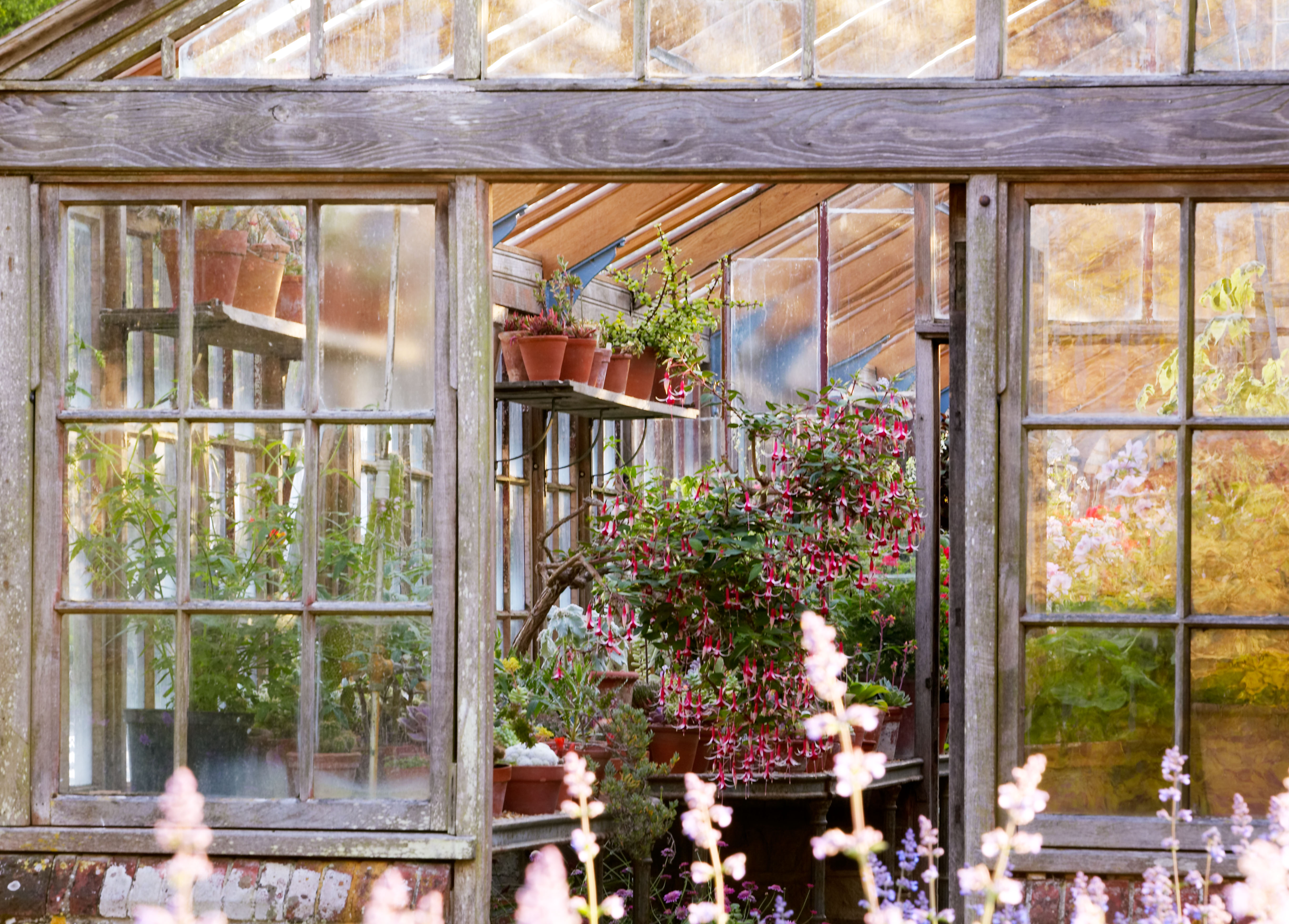
Credit: Alamy
Alan Titchmarsh: How to master the fine art of pottering
As time opens up for all of us to spend more time in the garden, Alan Titchmarsh offers his tips
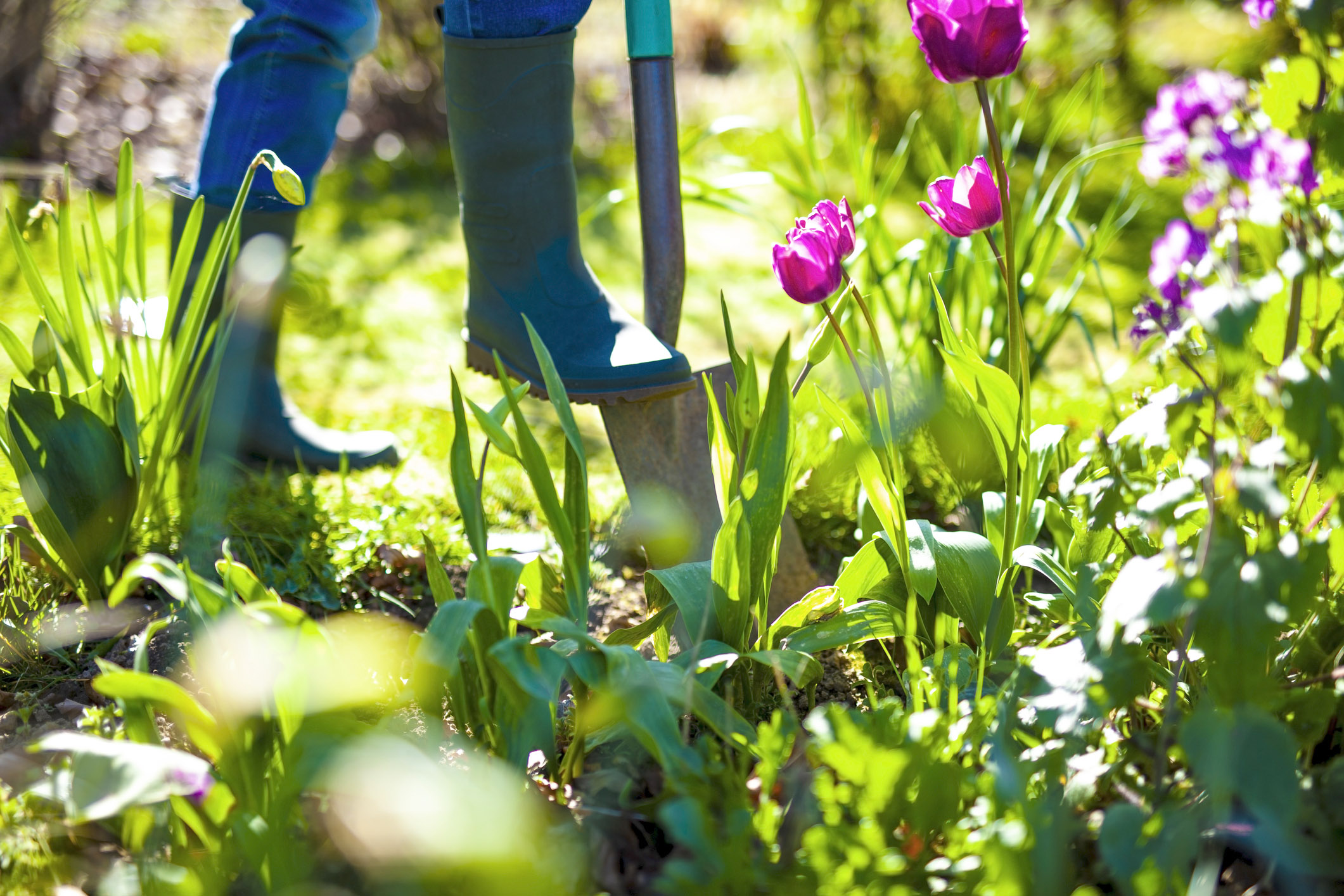
Credit: Getty
Alan Titchmarsh: Why I relish the worst jobs in gardening
Alan Titchmarsh admits that it's not just gardening's most challenging tasks, but also its the mundane chores that 'give me
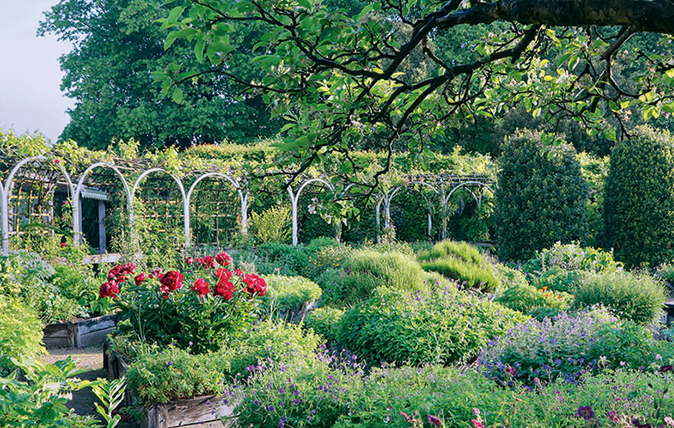
Alan Titchmarsh: The poetic pleasure of plant names
Our gardening expert on the days spent learning the names of some of the most obscure plants in Britain.
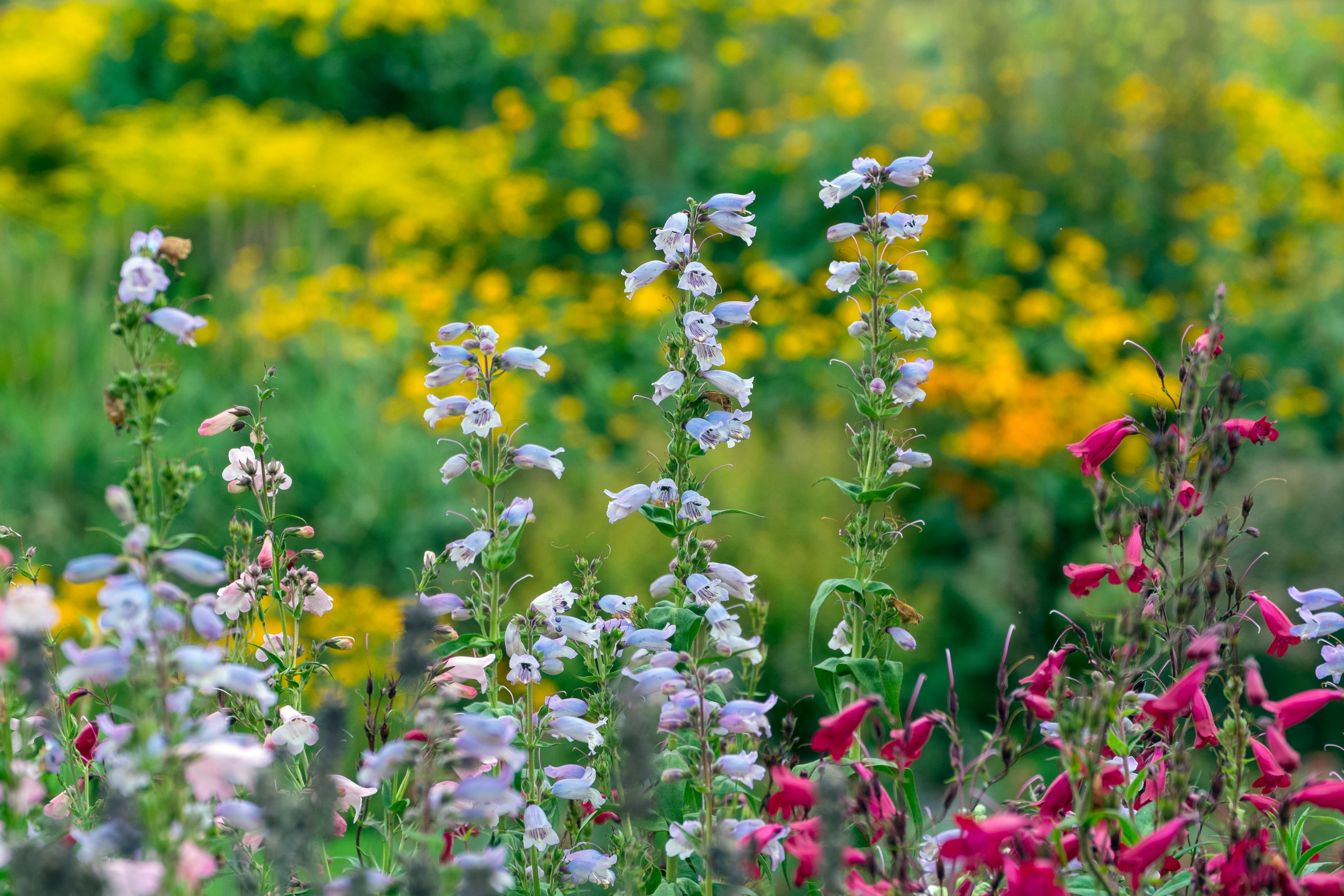
Credit: Gary K Smith / Alamy
Alan Titchmarsh: The ultimate flower for the lazy gardener
Penstemons are easy to grow, hardy, and flower for months — even the slugs don't both them. They might just be
Alan Titchmarsh is a gardener, writer, novelist and broadcaster.
